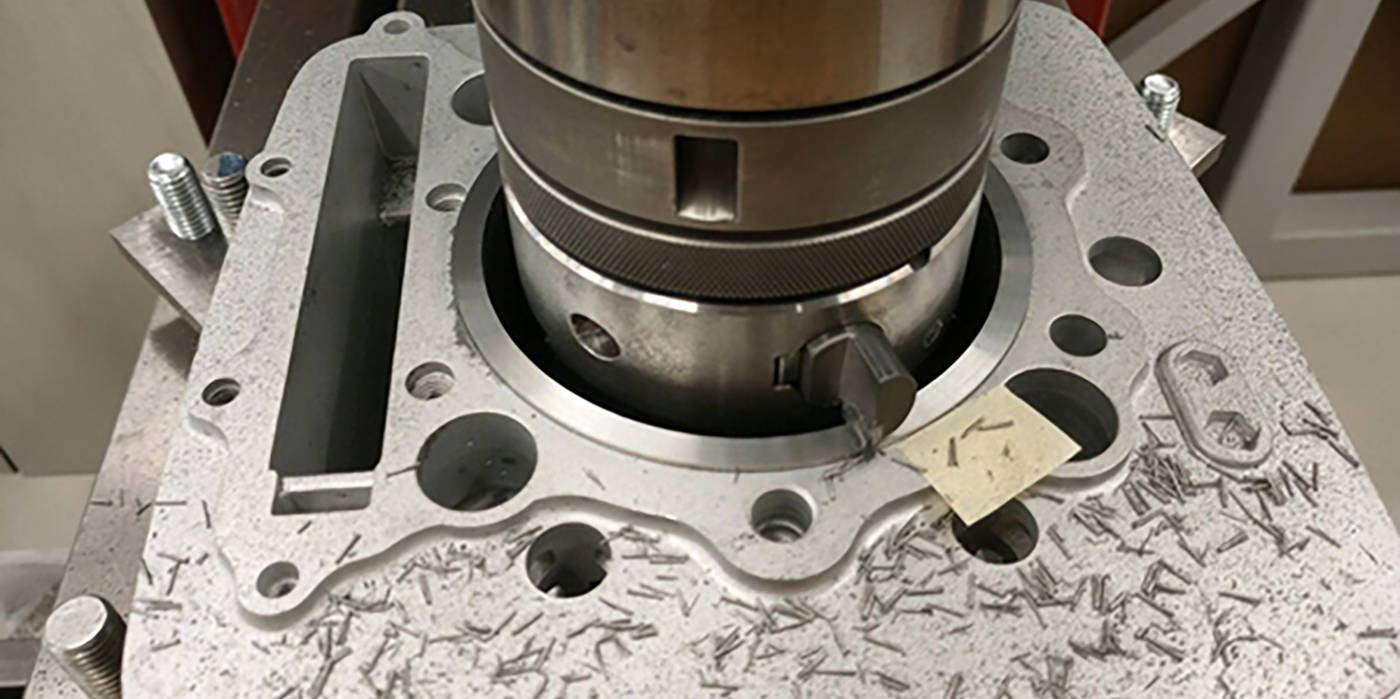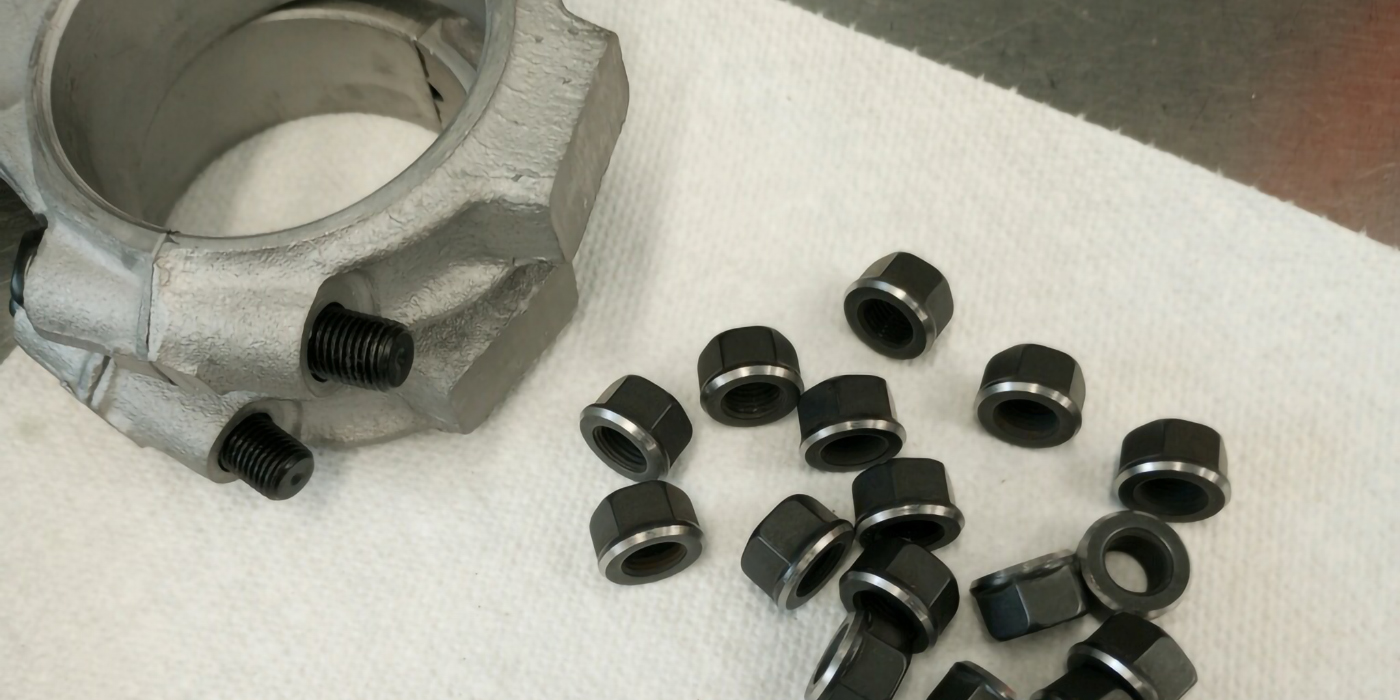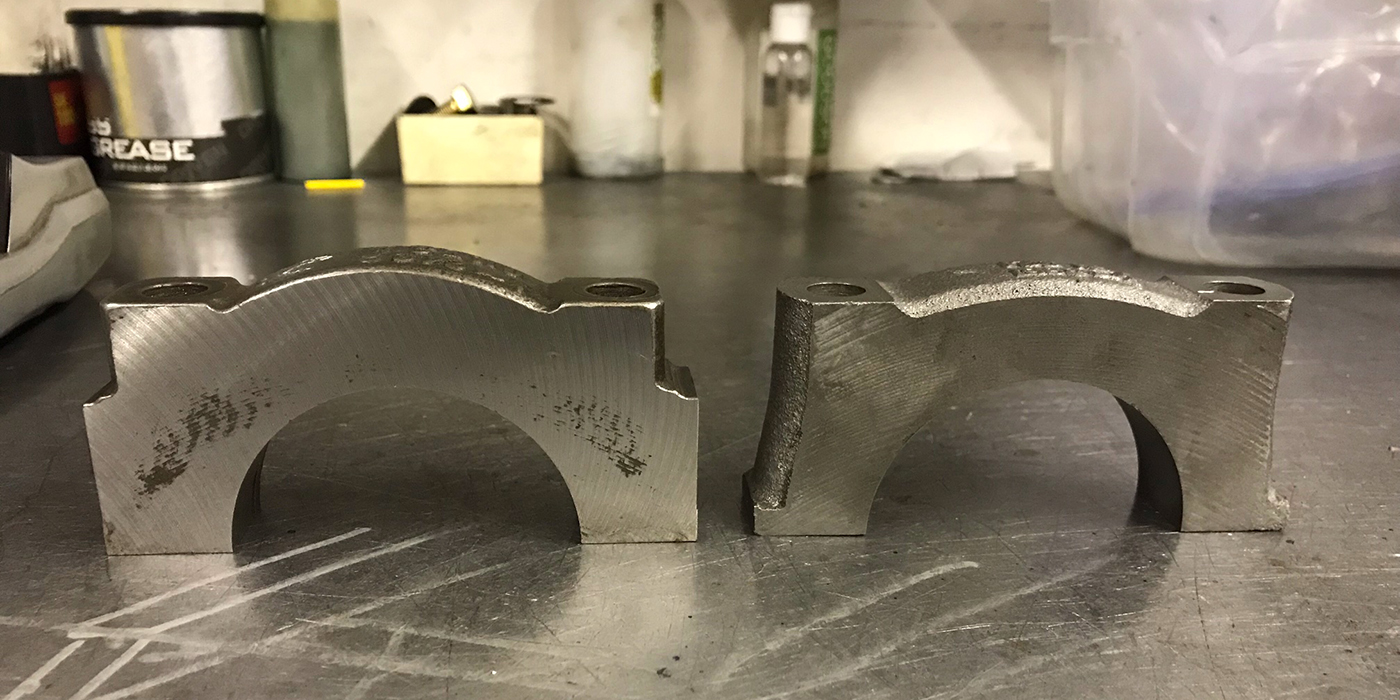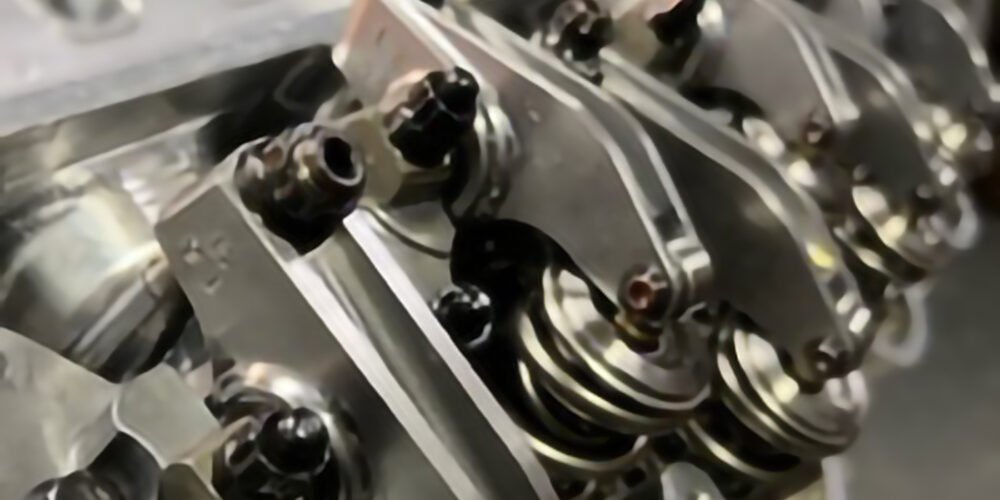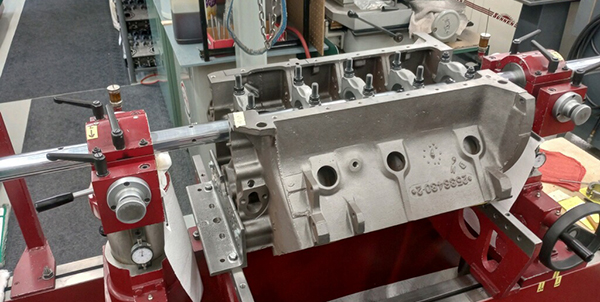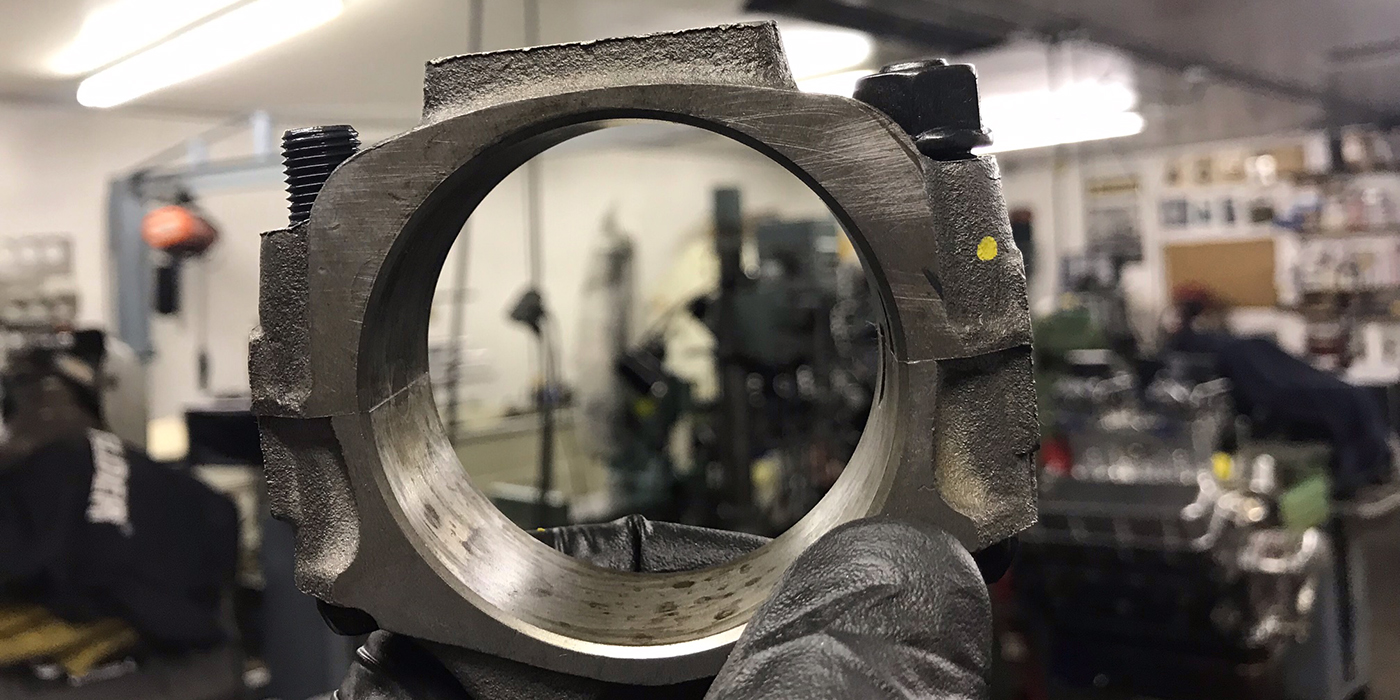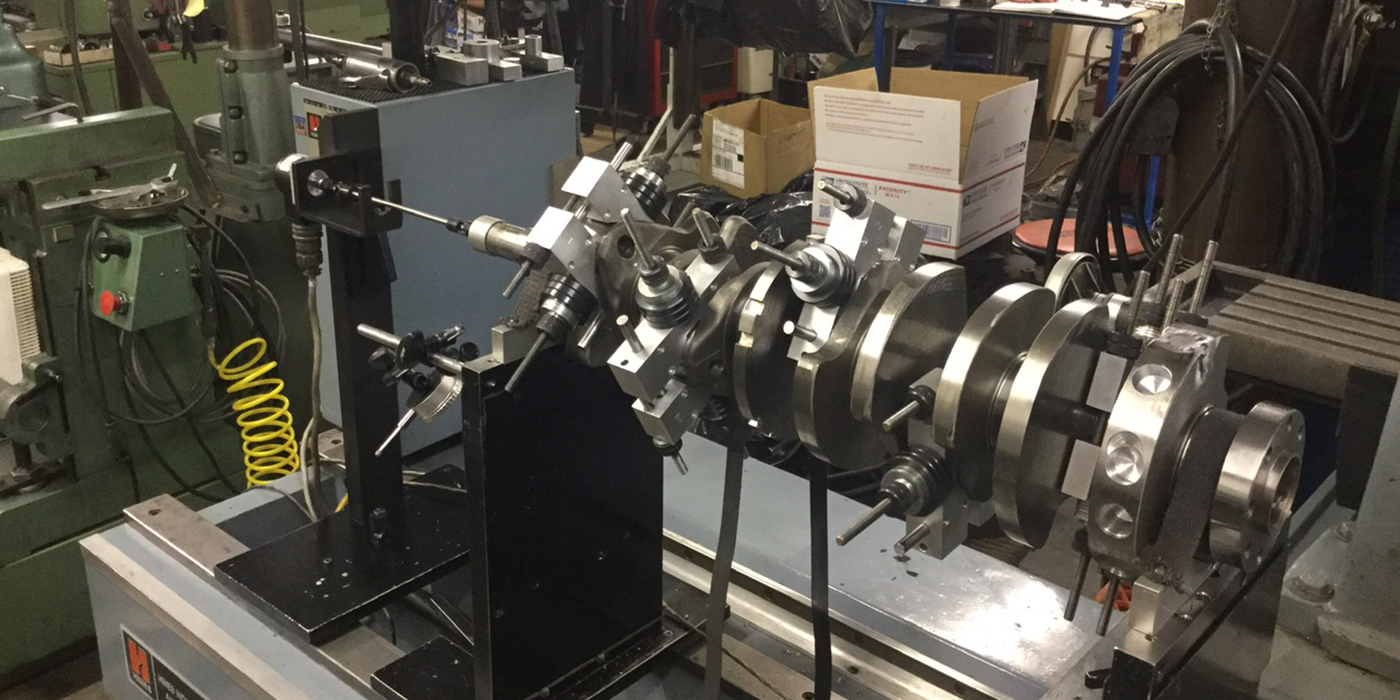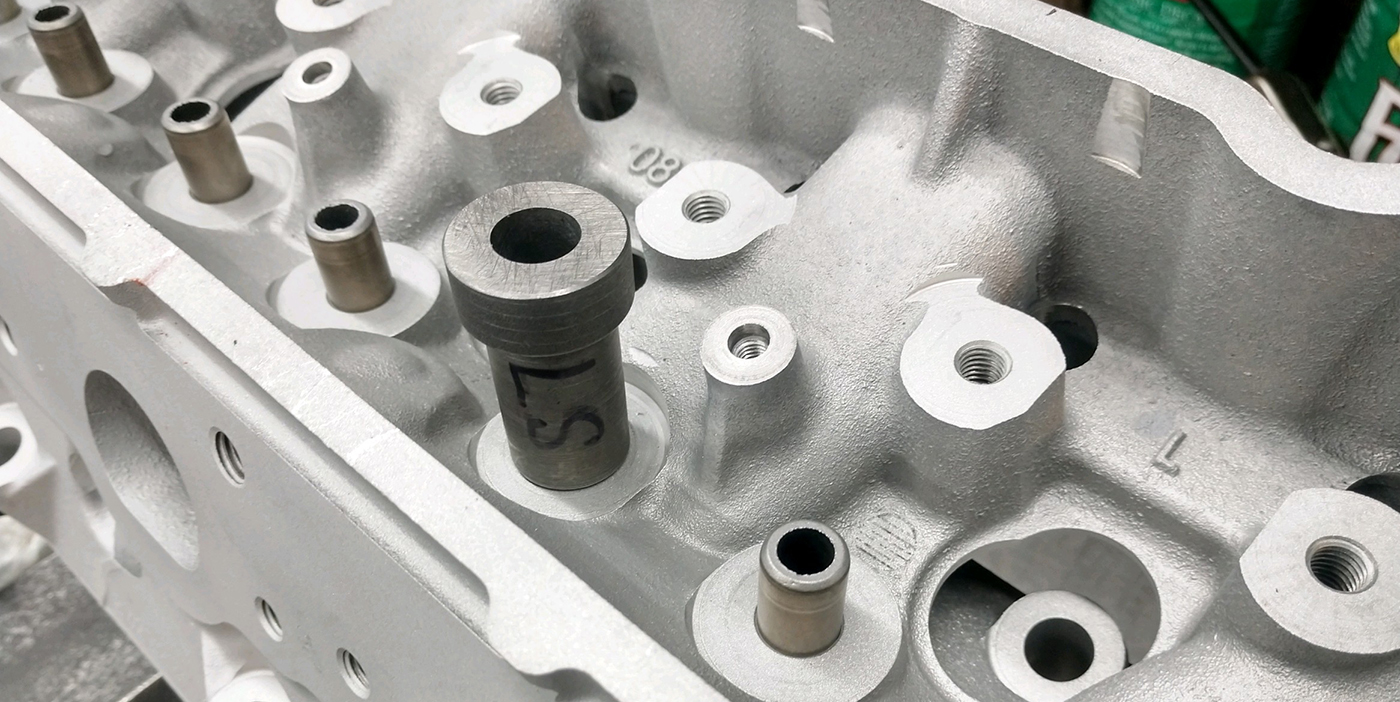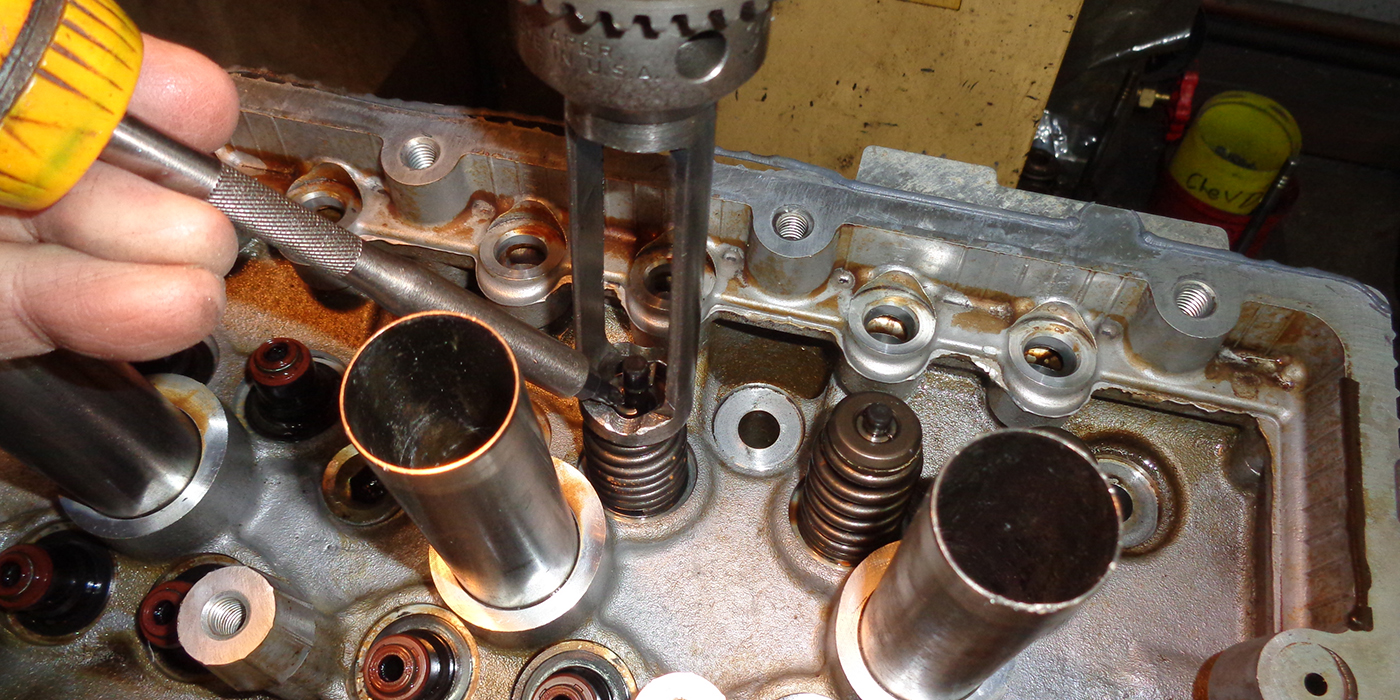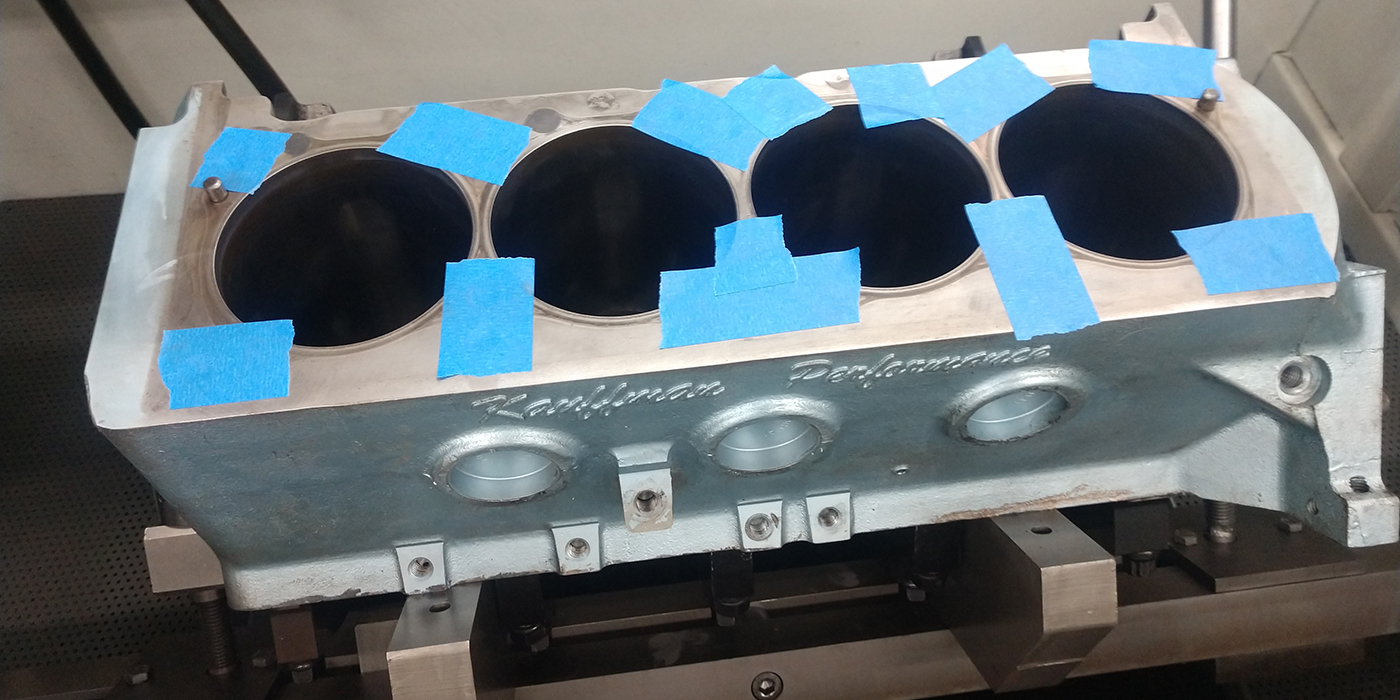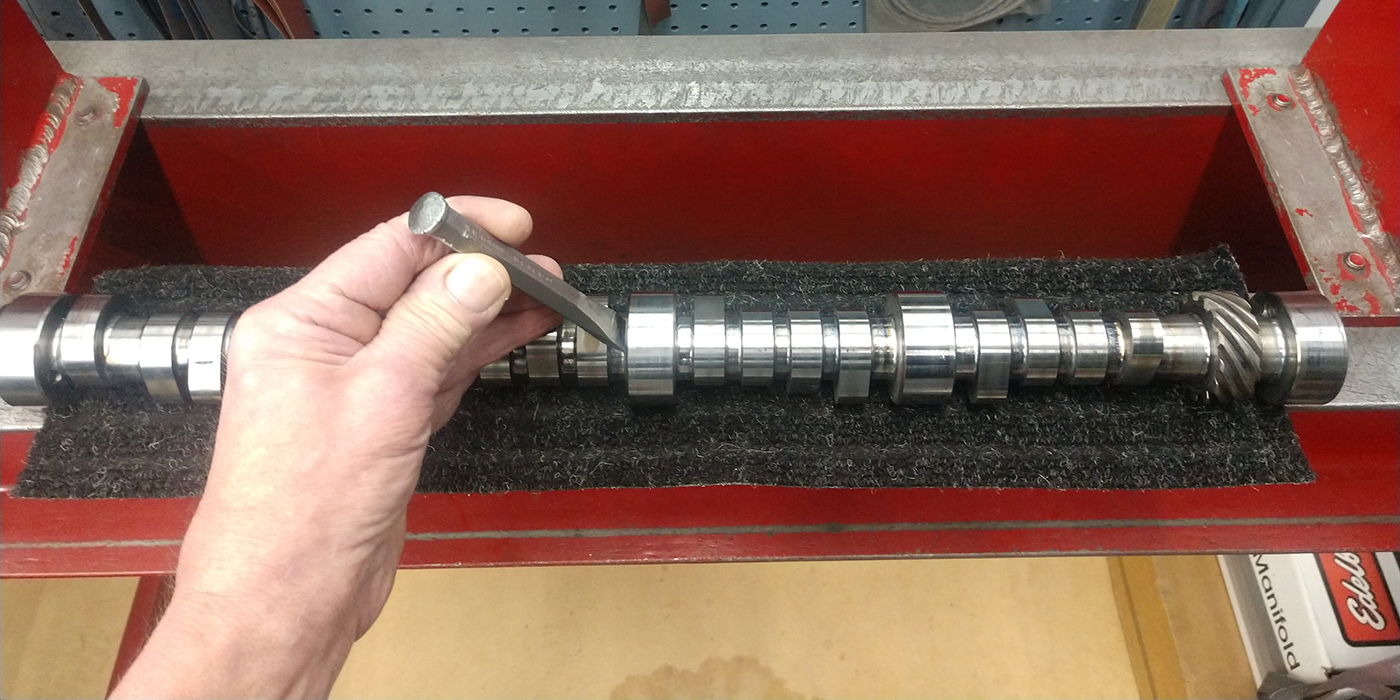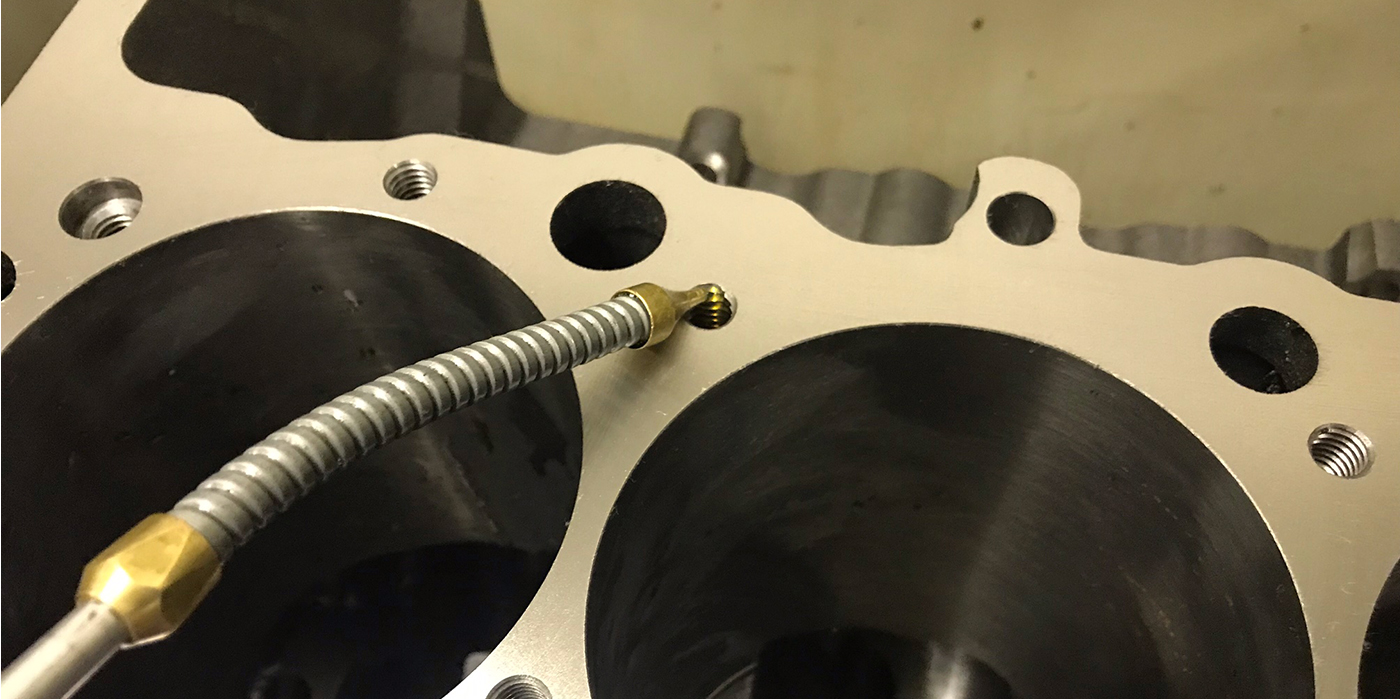Editor’s Note: In the March issue we printed a Shop Solution from Melling Engine Parts titled “Oil Pump and Engine Priming” In the May issue we printed a different view on the subject from Timm Jurinche titled “Pre-Oiling.” This month we have a still different viewpoint on the subject.
A Better Way to Pre-Oil New Engines with Hydraulic Lifters
The old way of cranking the engine until you see oil coming through the rockers is not good enough to properly pump up hydraulic lifters. You can soak the lifters in oil, but that’s still not enough to fully pump them up. About the only way to do that correctly is to use an oil pump priming tool. You can make one from an old distributor shaft or buy one. There are several websites that offer them for common brand engines for about $20 – just Google, “oil pump priming tool.”
The best time to pump up your engine’s lifters is before you install the intake manifold and valve covers. Turn the engine by hand to get the number one piston up to TDC on the compression stroke. Use the “0” timing mark as a reference. The valves for that cylinder should be even and won’t move at that point.
Now insert the primer tool into the distributor drive hole until it engages the oil pump drive. Use a 1/2? drill (it takes quite a bit of power to turn the pump after the oil starts flowing) to get the oil circulating. The engine will burp a little air and spit a little oil out of the rockers as you work, but keep the drill spinning until the lifters are up to operating pressure. Spin the oil pump until oil comes through all the push rods. The lifters should be totally firm when you try to depress the pushrods into them.
For Chevys, slowly and carefully tighten the rocker arm adjusting nuts until there is no lash between the rocker arms, pushrods and valve tips. Check the pushrod as you tighten so you don’t overtighten it. The pushrod should turn easily, but there should be no gap. Now take the adjuster screws down one complete turn so the lifter plungers are in the center of their travel and tighten the lock nuts. The pushrods should not readily turn at this point. You have now completed lifter pump-up and adjustment on the #1 cylinder.
Next, if you are working on a V8, carefully mark off the vibration damper into quadrants to make adjusting the valves easier. Just draw a line with a magic marker or chalk across the center of the damper (from the “0” position where you started) then draw another line exactly 90 degrees to the point across the center of the damper to divide it into four equal quadrants.
Turn the damper to the next quadrant line and pump up and adjust the lifters as before on the cylinder that comes up to the compression stroke and continue around twice until you have all the valve lifters pumped up and adjusted. Later when the engine is warmed up and running you can make final valve adjustments if necessary. Note: With this method I have rarely had to do any more adjustments.
Many builders won’t go through the trouble of pumping up the lifters, but doing so avoids valvetrain clatter and possible engine damage on start up, and in the process it allows for accurate lifter adjustment prior to start up.
I like this pump-up and pre-adjustment method because it is a little safer than trying to adjust hydraulic lifters by feel.
Jim Kovach, Owner
Kovach & Assoc.
Performance Engine Building
Parma, OH
Jesel Rocker Arm Geometry
A few years ago I was having trouble with a big block Chevy engine with a new style cylinder head. I used a Jesel shaft system for this application. I was probably paying too close attention to the rocker tip travel across the valve (if that is possible) and was not 100% satisfied with my result, so I called Jesel.
By chance I got Danny Jesel on the phone. Danny probably knows as much if not more about the valvetrain than any other person on the planet.
He told me that what you really want is for the tip to travel the least during the last .050? of lift. For example, if you have a .700? lift cam, from .650? lift to peak lift and then back down to .650? lift you want the rocker tip NOT to move across the tip of the valve at all if possible. Danny said that sometimes the rocker tip is a little off the center of the valve, but what is important is that you will have less wear.
Jeff “Beezer” Beseth
BeezerBuilt, Inc.
Newtown Square, PA
 Removing Round Wire Wrist Pin Retainers
Removing Round Wire Wrist Pin Retainers
A tire valve core remover works great for removing round wire wrist pin retainers.
Brad Stephens
Seagrove Engine
Seagrove, NC
Manufacturer Shop Solution: The ‘Do’s’ of Piston Ring Installation
1. Insert rings into the bore and measure end gap with feeler gauge.
2. Adjust gap if needed by filing only one side of gap; make square.
3. Use ring expander tool to install on piston so as not to deform ring.
4. Install directional rings with the dot up (if not, they will pump oil).
5. Install 3 piece oil ring with expander points up to avoid drain-back hole/slot in oil ring groove bottom.
6. Stagger location of end gaps on each ring 180 degrees apart.
7. Clean bores with hot soapy water and scrub brush, wipe with clean white rag to check for any residue.
8. Lightly oil cylinder walls and rings with regular motor oil.
9. Properly tighten ring compressor so rings don’t catch on edge of cylinder or pop out in bore (don’t force piston if it is hung up).
10. Typical engine break-in: Use conventional motor oil then switch to synthetic after 3,000 miles if desired.
Hastings Piston Rings
Hastings, MI
Engine Builder Shop Solutions is sponsored by Engine Pro,
a consortium of 9 engine parts specialist WDs operating 30 branch
locations serving engine builders/rebuilders across the U.S. Shop
Solutions published in each issue of Engine Builder Magazine are
awarded a $100 Visa Gift Card. Winners will be chosen by
the staff of Engine Builder Magazine and the Engine Pro Technical
Committee.
To submit a Shop Solution simply mail your entry
to Engine Builder Magazine, Shop Solutions, 3550 Embassy Parkway,
Akron, OH 44333; or email to Shop [email protected]. Shop
Solutions may also be emailed to [email protected].
You must include
your name, shop name, shop address and shop telephone number. Submitted
Shop Solutions not published will be kept on file and reevaluated for
publication with each month’s new entries. If you include your email
address you will be emailed notification of publication if your Shop
Solution is chosen.


